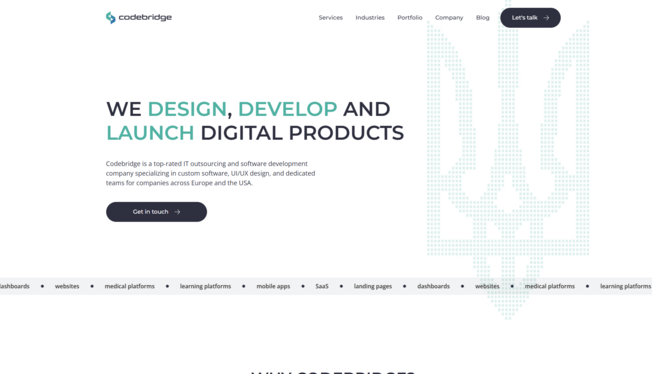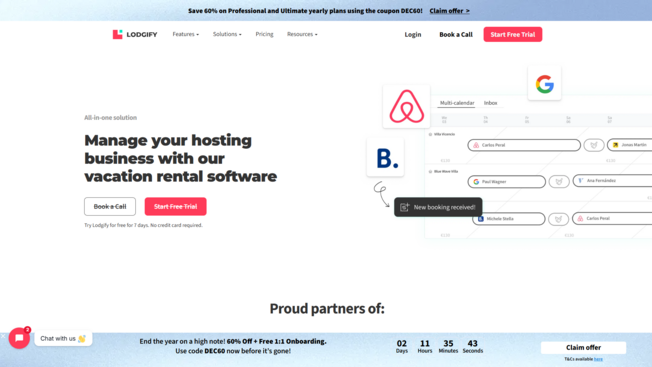Q? How does one do good in the world and also make a living while doing this? My background of 25 years in several large corporates plus fifteen years in my own businesses has given me valuable insights to the pro’s and cons of being an employee as well as being self-employed. Add to that my experience of having worked in 20 countries during this period has contributed to my wealth of exposure to many different cultures and to my understanding of multiple business models. My reading and research led me to the basics of Social Enterprises which are businesses that deliver quantifiable and significant benefits to the communities they operate in, while also providing a living income to the funders, the owners and all employees of that enterprise.
The principles are very simple and very sound, essentially: create Wealth, create Value and you can benefit all stakeholders in the environment, namely Society and the people in the community, the entity itself and its employees, and the providers of capital. This is the VIRTUOUS CYCLE that enriches each one of the participants in its structure. Wealth creation benefits every player in its cycle. Certainly this model beats charity “hands-down”.
In such a manner the Social Enterprise can replace the charity-based organisations that attempt to assist the poor, but fail miserably in NOT lifting the poor out of poverty. So if you want to do good and uplift communities, then by adopting the model of a Social Enterprise you achieve the objectives of helping the target communities while simultaneously creating value and wealth for the entire organism (which is the entity that manages this process) as well as the ecosystem in which it operates.
One of the biggest differences between a social enterprise and a charity is that a social enterprise has to be designed to be SUSTAINABLE. In this way it ensures that it is creating VALUE for all of its stakeholders and so benefits from the VIRTUOUS CIRCLE of creating value for all participants. Unlike a charity which is NOT sustainable, an enterprise creates traction in the community and momentum in its activities. This is crucial.
To understand sustainability one must address each one of the 3 pillars of sustainability:
1. Social sustainability requires that the various components of society are considered for the long-term durability of an activity, for example, which sectors of the community are benefitting from the supply of materials, goods and services to the organization, who is benefitting from its operations (labour) and which communities benefit from the outputs of the activities,
2. Economic sustainability requires that the monetary measures used to monitor this activity show that financial resources used in the endeavor are self-regenerating, that cash flow is positive, that profitabilility is ensured and that financial capital is generated, not consumed, and
3. Environmental sustainability dictates that the endeavor does not damage or harm the greater natural context in which it functions and that it can operate without detriment to the natural resources (air, water, ground and living organisms known as the natural environment as well as the human built-environment).
This model satisfies the holistic objectives of serving every one of the stakeholders in the enterprise, without being at the expense of any one of these participants. So its motive is not to make profit at the expense of the consumer, nor to maximize margins by cutting costs or shaving off quality from the end-product or service delivered. The considerations around the environment are crucial to this process since any organism will not survive or prosper in the longer term at the expense of its environment. This means that one has to design into the structure of the social enterprise all of the aspects of the physical environment, the social structures, the economic realities and the technical feasibilities of the desired end-solution.
There are obviously a number of steps that one needs to work thru in designing this social enterprise. I will work thru each one of these steps in this series of blog posts. I trust you will find these engaging and informative. Your responses, suggestions and feedback to me are greatly appreciated and will assist me in making the blogs valuable and readable for those interested. Thank You.

















Leave a Reply